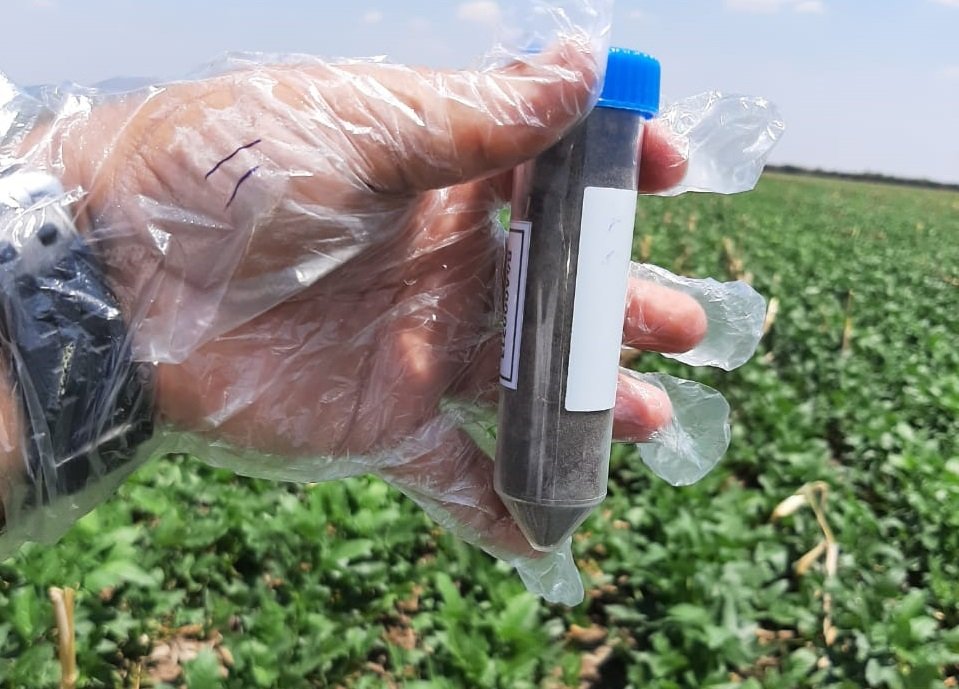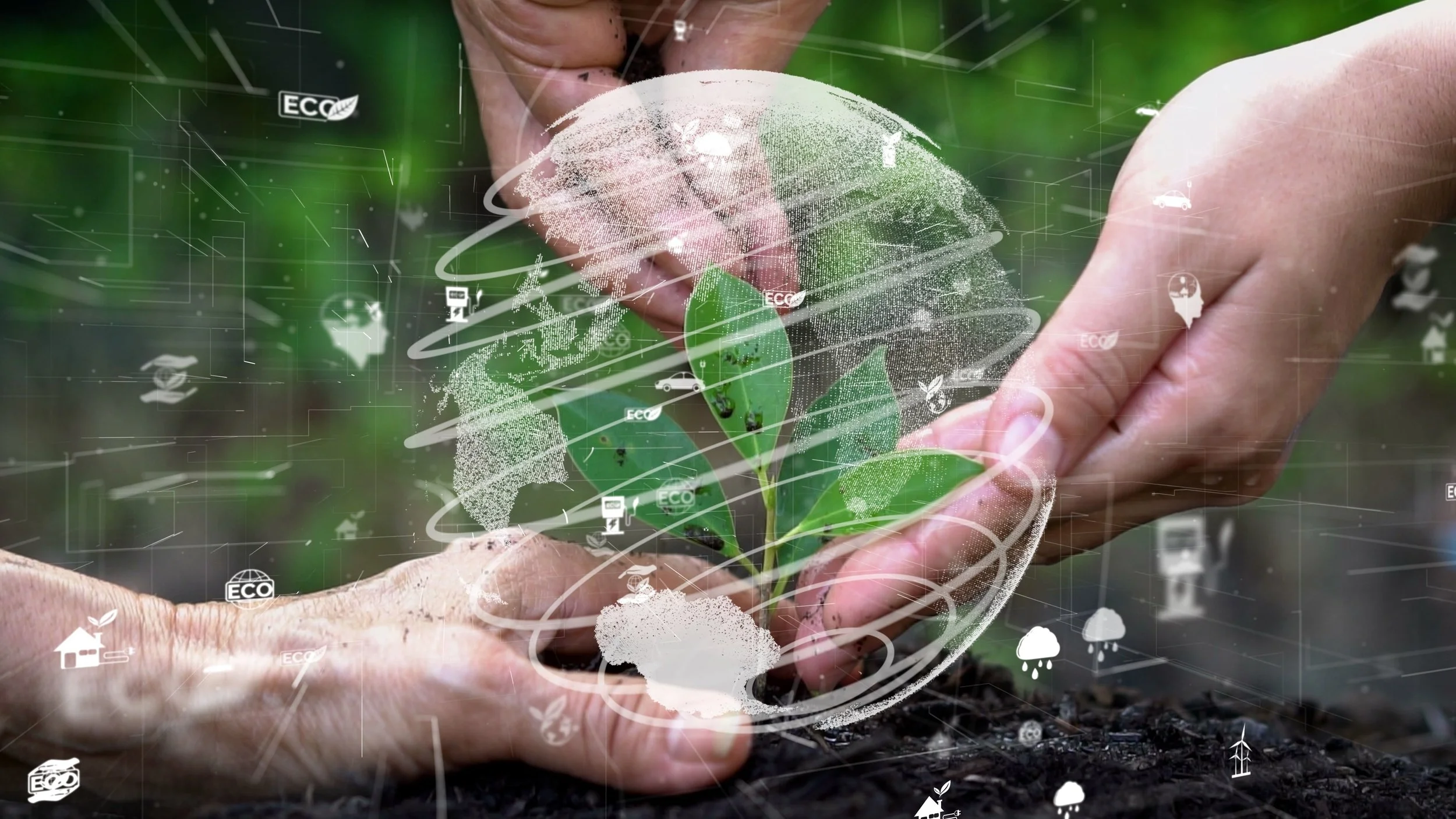Analysis of Cerrado latosols
Development and mapping of a microbiological maturity index for Cerrado latosols
There are approximately 21.4 million hectares planted to soy in the Cerrado – 8.5 million of them located on latosols whose state of degradation is unknown. Using metagenomic analysis (with DNA sequencing), machine learning and geoprocessing, Biome4All is developing a novel indicator of microbiological maturity to assess soil quality in the Cerrado – focusing on three types of latosols: red-yellow, dark red and purple – and a tool to predict whether areas are susceptible to degradation.
By participating in the Sustainable Soy in the Cerrado Program, the startup will collect more than 130 samples of the three types of latosols in soy-growing areas to validate its machine learning model. Once it has defined a standard, a predictive map of the region's soil quality will be produced to identify areas eligible for restoration projects and to prescribe regenerative management and treatments.
Biome4All hopes this diagnosis will facilitate credit to restore and regenerate degraded areas, allowing crops to be grown in recovered areas suitable for farming, and reducing pressure for deforestation in the region.







